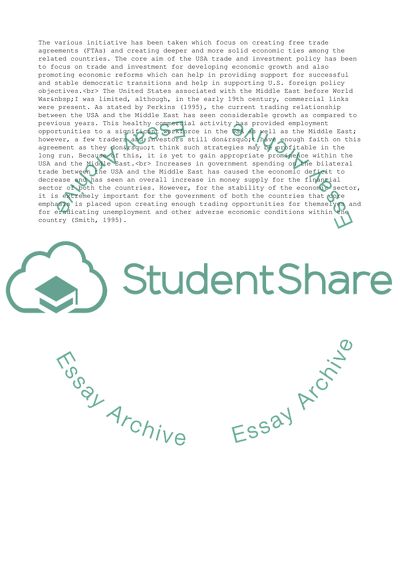Cite this document
(United States Trade Policy with the Middle East Research Paper, n.d.)
United States Trade Policy with the Middle East Research Paper. Retrieved from https://studentshare.org/business/1820323-to-what-extent-is-united-states-trade-policy-with-the-middle-east-determined-by-political-rather-than-economic-considerations
United States Trade Policy with the Middle East Research Paper. Retrieved from https://studentshare.org/business/1820323-to-what-extent-is-united-states-trade-policy-with-the-middle-east-determined-by-political-rather-than-economic-considerations
(United States Trade Policy With the Middle East Research Paper)
United States Trade Policy With the Middle East Research Paper. https://studentshare.org/business/1820323-to-what-extent-is-united-states-trade-policy-with-the-middle-east-determined-by-political-rather-than-economic-considerations.
United States Trade Policy With the Middle East Research Paper. https://studentshare.org/business/1820323-to-what-extent-is-united-states-trade-policy-with-the-middle-east-determined-by-political-rather-than-economic-considerations.
“United States Trade Policy With the Middle East Research Paper”, n.d. https://studentshare.org/business/1820323-to-what-extent-is-united-states-trade-policy-with-the-middle-east-determined-by-political-rather-than-economic-considerations.


